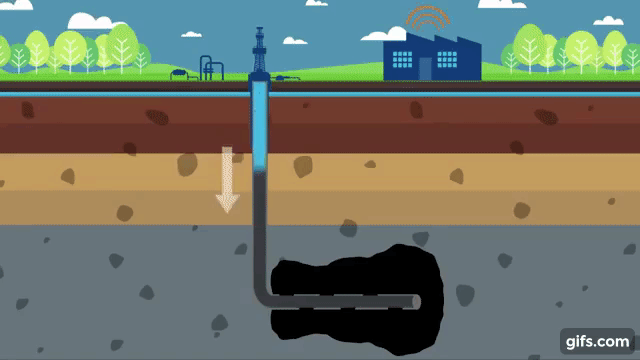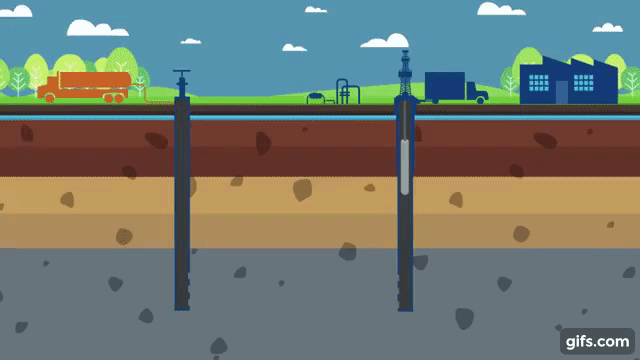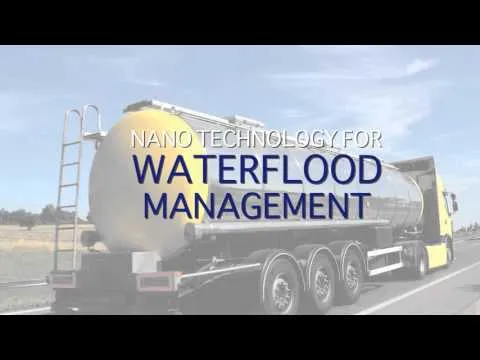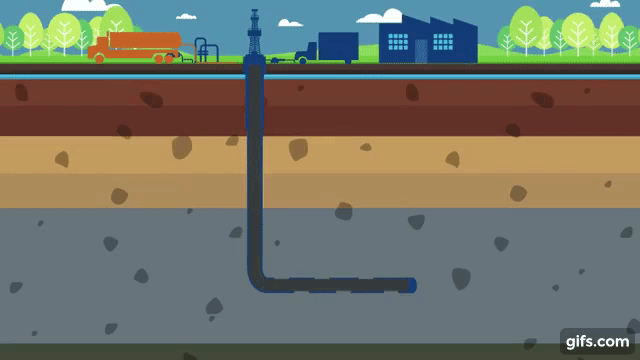In 2008, 10 companies, Halliburton Energy Services Inc., BP America Inc., Baker Hughes Inc., ConocoPhillips, Marathon Oil Corp., Occidental Oil and Gas, Petrobras, Schlumberger, Shell, and Total, 

along with Scott Tinker, the director of the Bureau of Economic Geology at the University of Texas at Austin, came together to form the Advanced Energy Consortium
The consortium consists of 10 companies (BP America Inc., Baker Hughes Inc., ConocoPhillips, Halliburton Energy Services Inc., Marathon Oil Corp., Occidental Oil and Gas, Petrobras, Schlumberger, Shell, and Total) that provide equal funding and have equal input on projects and organizational guidance, explains Tinker. They also have equal access to intellectual property through royalty-free, nonexclusive licensing. Each project typically has six to 10 industry personnel that actively engage in project tracking and reviews. “It is in their best interests to be actively involved in projects,” Tinker says. “Then they are in a good position to leverage the research for their own use.” - source
"The AEC was formed to try to get small smart things into rocks.” - source

What are these 'small smart things'?
Smart Dust
“If you have smart dust and can throw it into a reservoir, you can do smarter things such as recover more hydrocarbons,” Kipper explains to InnovOil. The nanomaterial sensors, once injected, could measure temperature, pressure and chemical composition. What began as blue-sky research a few years ago has now progressed to the point at which lab and field tests are now occurring. (source dated December 1, 2016)
source
The idea for the particles, originally came when Kipper and a colleague (AEC director Scott Tinker) attended a medical conference and heard about nanosensors which could be introduced into the human body: “We looked at each other and said, why not in the earth?” - source
MRI-like techniques allow them to "light up" fracking jobs

Separate research is also being done on producing an MRI-like reading within a fracture network. A contrast agent is used so that an area of interest can be highlighted and analysed. “We can do a smarter frack job,” says Kipper. “It’s like having a set of eyes downhole.” The researchers say that this could be used to answer questions in planning stages – such as where a fracture should occur – or in post-frack analysis to determine where it did occur.
Carbon-based conductive materials and iron oxide-based magnetic materials are used. A transmitter in the injection well would then pass a signal through the reservoir (and contrast medium) to a receiver array in the production well, producing an image in a manner not unlike an MRI machine. The contrast agents currently cost a few cents per pound, and should also become cheaper as the technique develops. -source
Listen to Scott Tinker, and others, talk about their 'exciting' technologies in this video published January 2016

